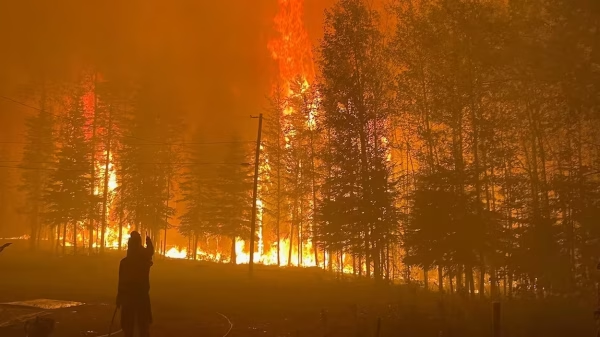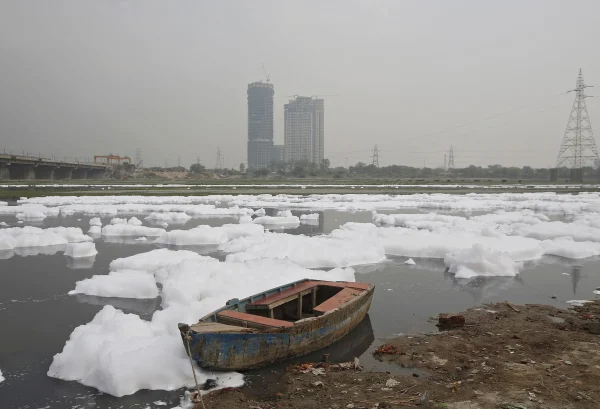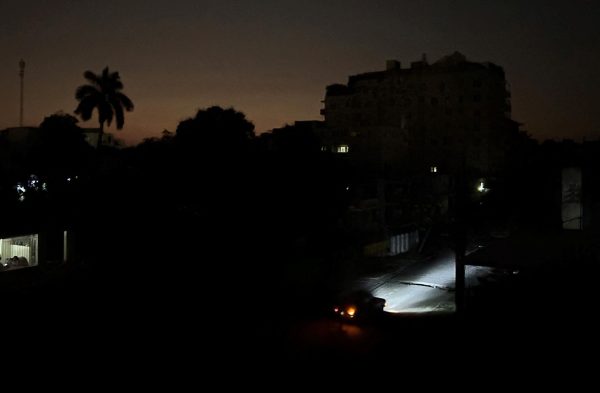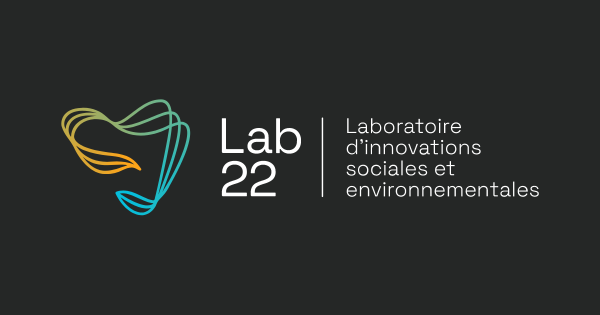The future of renewables
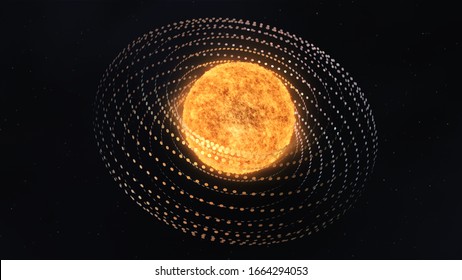
Great minds around the world had been and still are working on new ways and projects to make the world a better place. Here’s some of their most promissing concepts.
The desert who can replace fossil fuels
Researchers are thinking of transforming the Sahara desert in a giant solar farm that could replace our current energy production by four times. Blueprints have been made for projects in Tunisia and Morocco that could give power to millions of European homes. Although this is enough to replace all fossil fuel electric centrals on earth, solar panels have big problems. Even in the Sahara, being the least rainy region on earth, the sun is not always there, like at nigth. To keep the power going, we would need huge amounts of batteries, which we probably don’t have the ressources for on earth if innovation can’t help. But that’s not even the worst part: only 15% of the incoming energy to solar panels is transformed in electricity. The 85% remaining is absorbed by the panel and emited as heat which affects the climate. Solar panels in the Sahara are possible, but we need to think more about it.
Dyson sphere
<<A Dyson sphere is a hypothetical megastructure that completely encompasses a star and captures a large percentage of its power output>>(Wikipedia). Such projects, imagined by Freeman Dyson, will give us absurdly large amounts of energy from the sun without a doubt, but due to our current issues and our lack of ressources for the scale, we will have to wait a few generations. There are few variants of Dyson spheres, but I will only give three examples. First, we have the Dyson swarm, which is made from a lot of tiny structures like space habitats or mirrors that reflect sun ligth that orbit around the sun. Second is the Dyson bubble, which is very similar to the Dyson swarm except that the components are statites(don’t make orbits). Finally, introducing the Dyson shell, just a solid sphere surrounding the sun, but this one is way closer to science fiction than the others due to a bigger demand in materials and the complete recovery of the sun.
Fusion energy
<<Fusion power is a proposed form of power generation that would generate electricity by using heat from nuclear fusion reactions. In a fusion process, two lighter atomic nuclei combine to form a heavier nucleus, while releasing energy. Devices designed to harness this energy are known as fusion reactors>>(Wikipedia). Although these reactors are easier to set up and release less nuclear waste than conventional nuclear power plants, They are still very recent technology, which makes them potentially very expensive. Beside that, Helium 3, the matter where the reaction comes from, is very rare on earth. Fortunately, we don’t have to go further than the moon to find large amounts of it.
The Quebec case
The Romaine complex, dating from 2009, will be fully complete by 2022 with a total of 1550 Mega-Watts (joules per second), capable of powering 470 000 houses. The best part is that <<Hydro-Québec is committed to carrying out environmental monitoring until 2040 to learn about changes in the environment and verify the effectiveness of the mitigation and compensation measures put in place>>(Hydro-Québec). This is a great step in the global wide goal of putting an end to climate change because of how much such an institution puts care into nature.
sources:
Hydro-Québec official site (https://www.hydroquebec.com/romaine/),
Wikipedia (https://en.wikipedia.org/wiki/Dyson_sphere)(https://en.wikipedia.org/wiki/Fusion_power),
The Conversation (https://theconversation.com/solar-panels-in-sahara-could-boost-renewable-energy-but-damage-the-global-climate-heres-why-153992)


